Protein Power-Ups: Simple Swaps for a Healthier You, Starting Now
Protein isn’t just a fitness buzzword—it’s the engine behind everything from muscle strength to brain function. But getting enough of it doesn’t have to mean repeating the same chicken breast–egg combo every day. Today’s nutrition landscape is brimming with creative, delicious ways to power up your plate—whether you’re plant-based, dairy-free, or just plain bored. That’s why we’ve expanded our guide to 16 empowering protein swaps that go beyond the basics. These smart alternatives aren’t just good for you—they’re easy to use, incredibly versatile, and packed with energy-boosting potential. Whether you’re blending a smoothie, building a better lunch bowl, or reinventing dinner from scratch, these swaps make it simple to elevate your meals without sacrificing taste or balance. So, if you’re ready to fuel your day with intention and flavor, let’s dive into the protein-packed possibilities that await.
1. The Versatility of Quinoa

Quinoa, often hailed as a superfood, is a complete protein source, meaning it contains all nine essential amino acids. This gluten-free grain is not only rich in protein but also packed with fiber, vitamins, and minerals. Its nutty flavor and fluffy texture make it a versatile ingredient that can be used in a variety of dishes. From replacing rice in stir-fries to serving as a hearty base for salads, quinoa adapts well to different cuisines. Moreover, its quick cooking time makes it a convenient choice for busy individuals seeking a nutritious meal. Incorporating quinoa into your diet can enhance the protein content of your meals while adding a delightful texture and flavor.
2. The Nutritional Power of Lentils
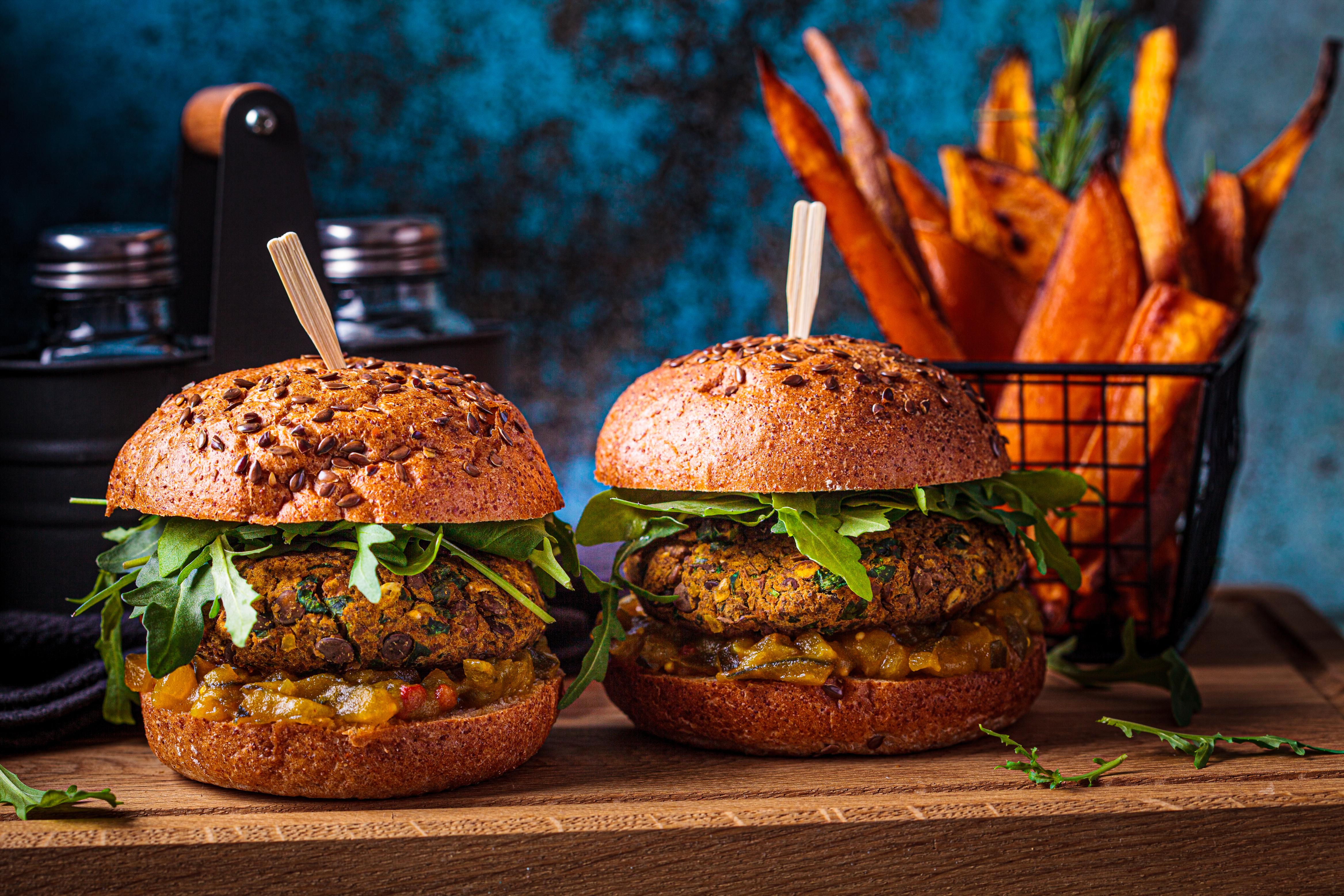
Lentils are a plant-based powerhouse, offering a substantial amount of protein along with dietary fiber, iron, and folate. These legumes are available in various colors and sizes, each with its own unique flavor profile and cooking time. Lentils are incredibly versatile and can be used in soups, stews, salads, and even veggie burgers. Their ability to absorb flavors makes them a perfect addition to a wide range of dishes. Furthermore, lentils are budget-friendly and have a long shelf life, making them an accessible protein source for many households. By replacing meat with lentils in your meals, you can enjoy a protein-rich diet that is both satisfying and sustainable.
3. The Allure of Chickpeas
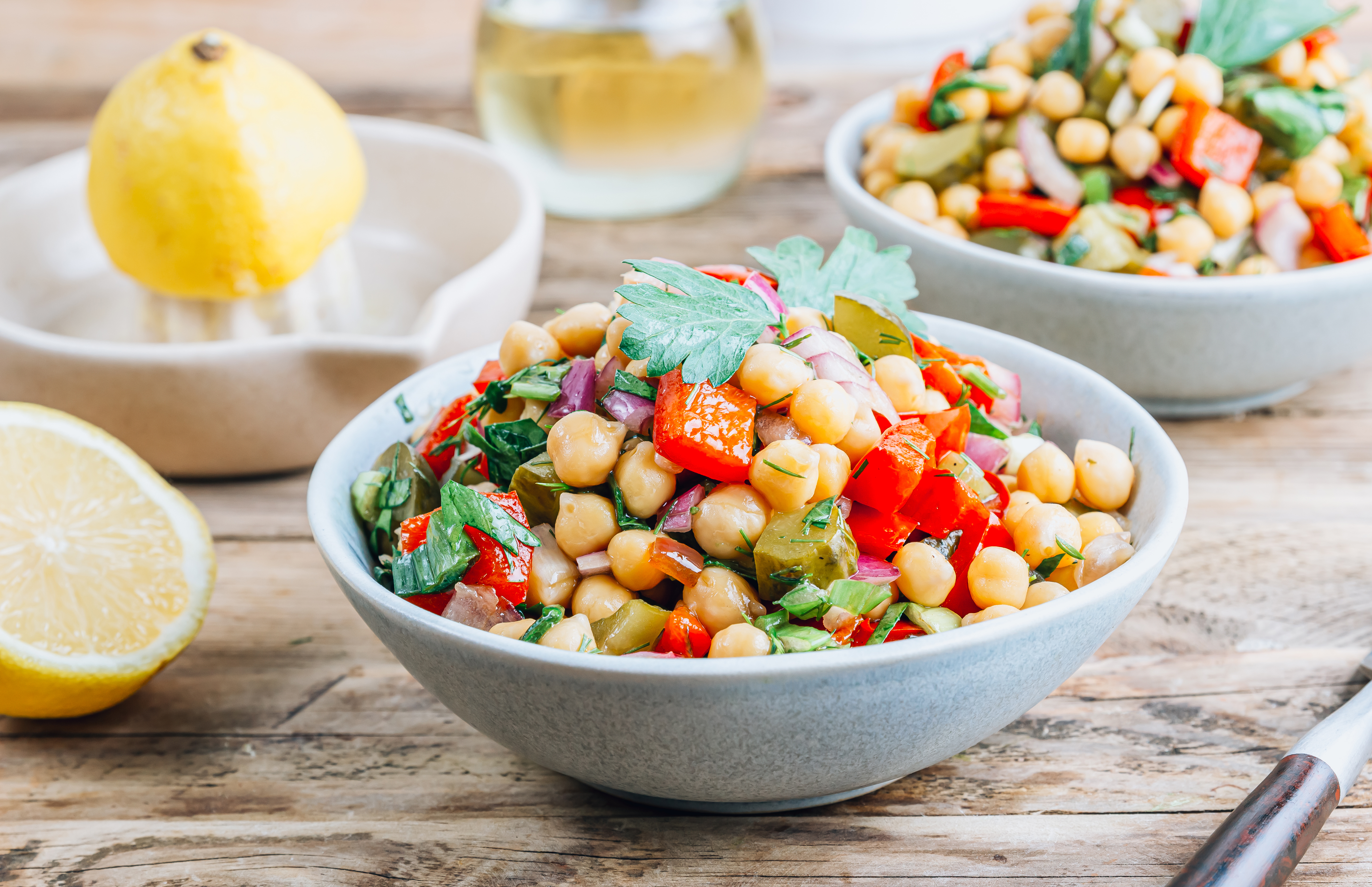
Chickpeas, also known as garbanzo beans, are a staple in many cuisines around the world. They are an excellent source of protein, fiber, and essential nutrients such as manganese and folate. Chickpeas can be used in a multitude of ways, from being roasted as a crunchy snack to being blended into creamy hummus. Their mild flavor and firm texture make them a versatile ingredient that can enhance the protein content of salads, soups, and curries. Additionally, chickpeas are a key ingredient in plant-based diets, providing a hearty and satisfying alternative to animal protein. Incorporating chickpeas into your meals can add depth, nutrition, and variety to your diet.
4. The Richness of Tofu
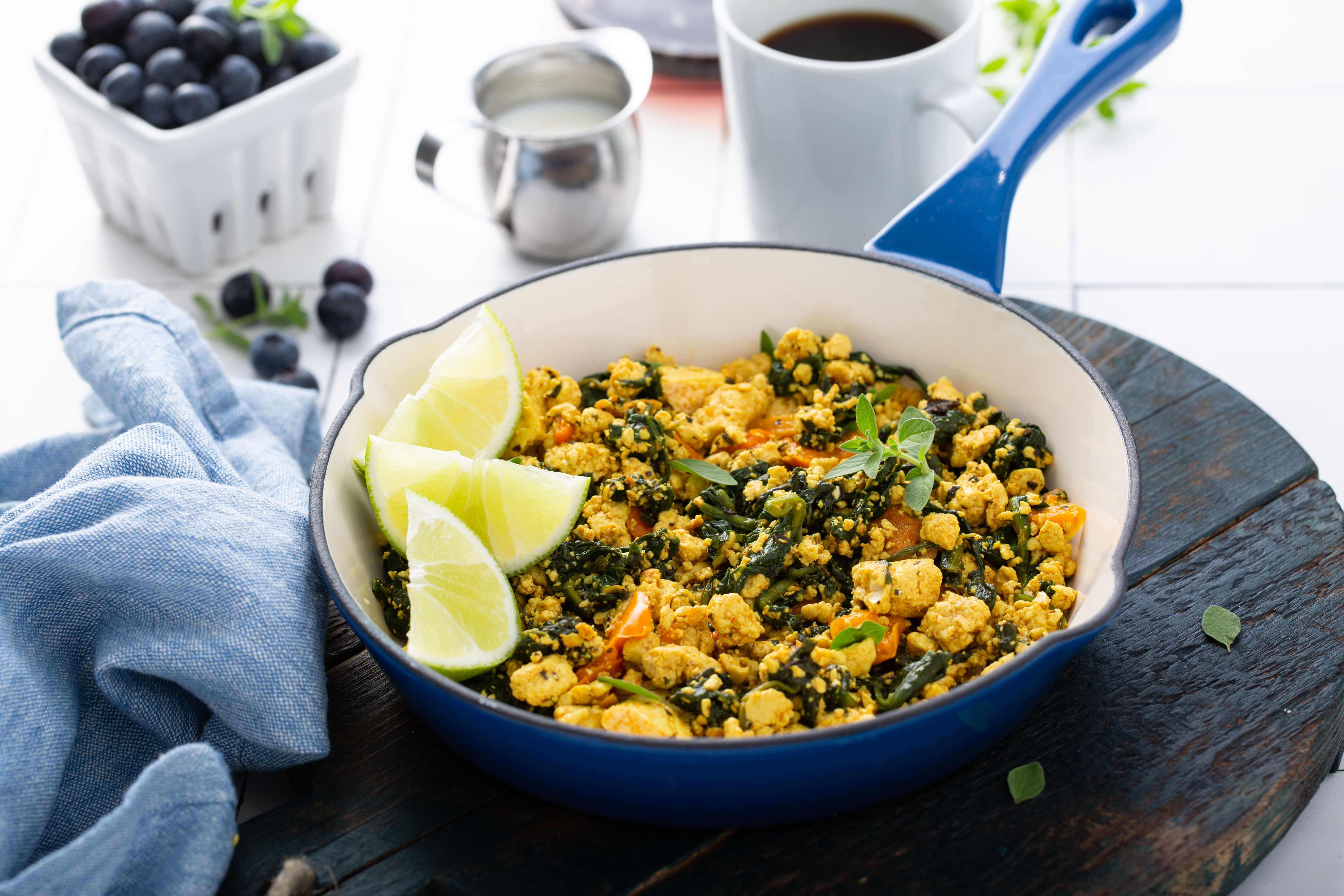
Tofu, made from soybeans, is a protein-rich food that is highly valued in vegetarian and vegan diets. Its ability to absorb flavors and its diverse range of textures make it a versatile ingredient in both savory and sweet dishes. Tofu can be grilled, sautéed, blended, or baked, offering endless possibilities for culinary creativity. It is also a good source of calcium and iron, contributing to its nutritional appeal. For those looking to reduce their meat consumption, tofu serves as an excellent substitute that can mimic the texture and flavor of various meats. By incorporating tofu into your meals, you can enjoy a protein-packed diet that is both nourishing and delicious.
5. The Benefits of Greek Yogurt
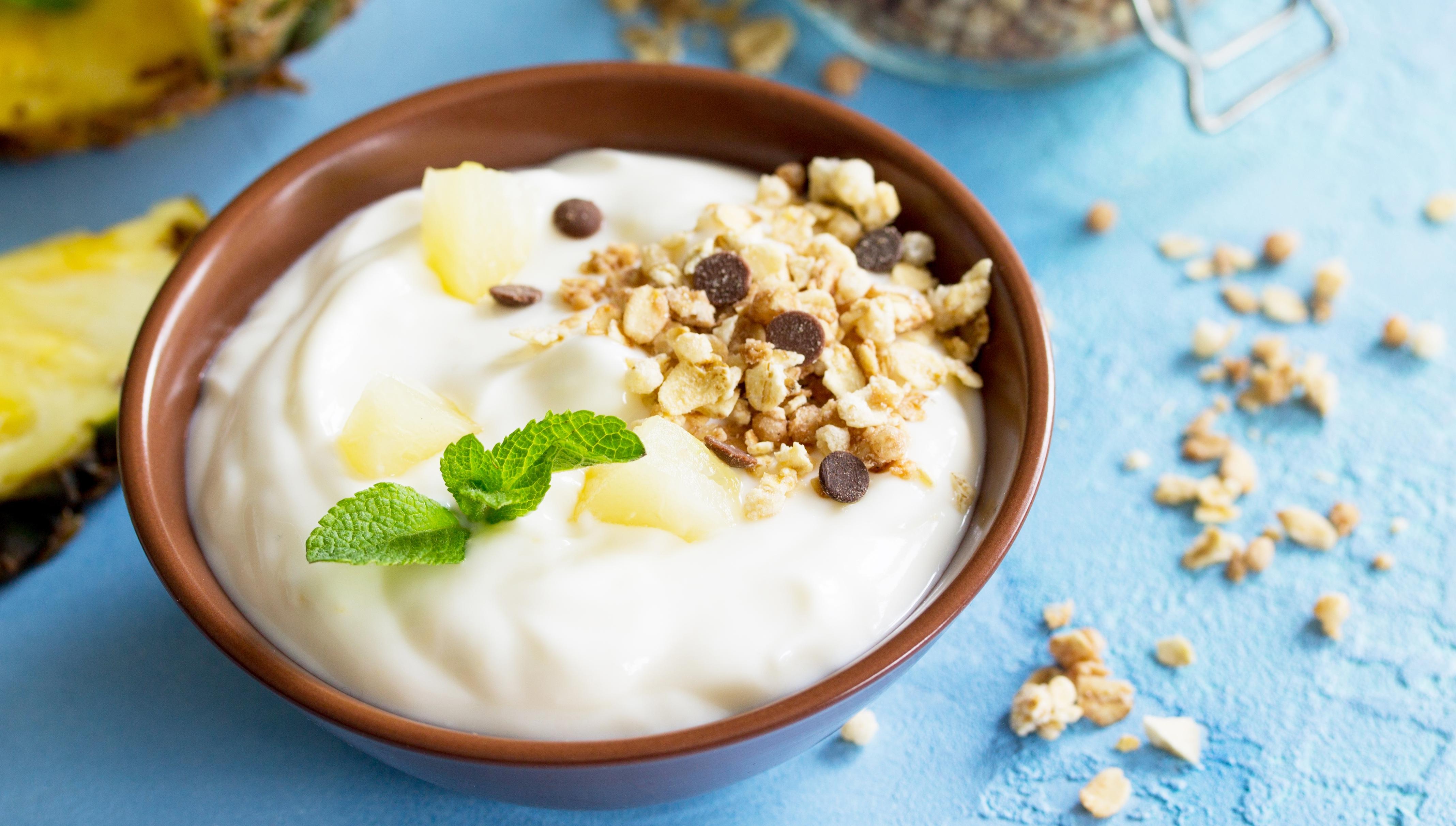
Greek yogurt is a creamy and tangy protein source that has gained popularity for its versatility and health benefits. It contains more protein than regular yogurt, making it a satisfying option for breakfast, snacks, or even as a cooking ingredient. Greek yogurt can be used as a base for smoothies, a topping for granola, or a substitute for sour cream in recipes. Its probiotic content also supports gut health, adding to its nutritional value. For those seeking a protein-rich dairy option, Greek yogurt offers a convenient and delicious way to boost protein intake while enjoying a variety of flavors and textures.
6. The Appeal of Tempeh
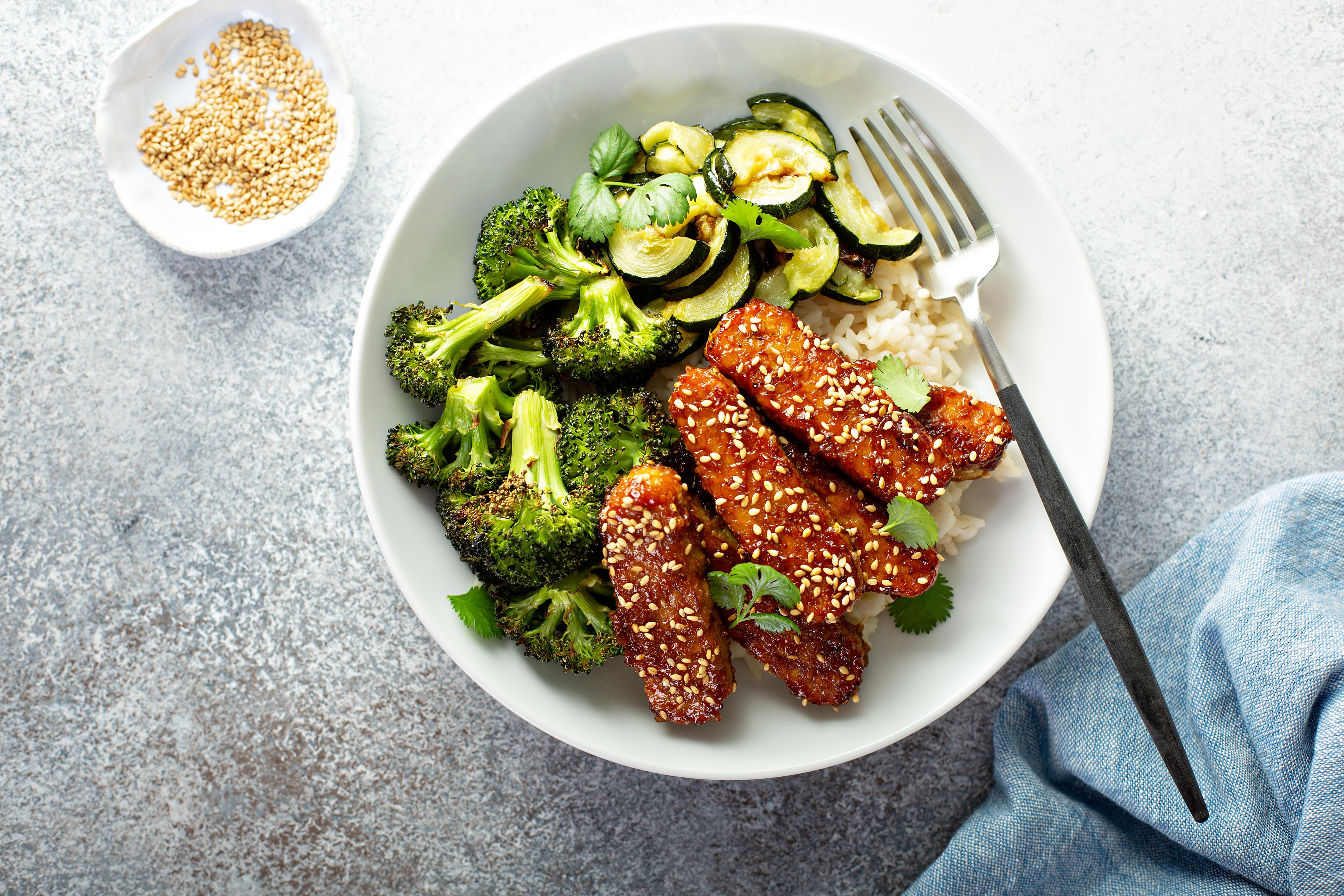
Tempeh, a fermented soybean product, is a protein-rich food that offers a nutty flavor and firm texture. It is a staple in Indonesian cuisine and has gained popularity in Western diets for its health benefits and versatility. Tempeh is rich in probiotics, which support digestive health, and contains a variety of nutrients such as calcium, iron, and magnesium. Its firm texture makes it an excellent meat substitute in stir-fries, sandwiches, and salads. Additionally, the fermentation process enhances the digestibility of soybeans, making tempeh a gut-friendly protein source. By incorporating tempeh into your meals, you can enjoy a nutrient-dense diet that supports overall well-being.
7. The Simplicity of Eggs
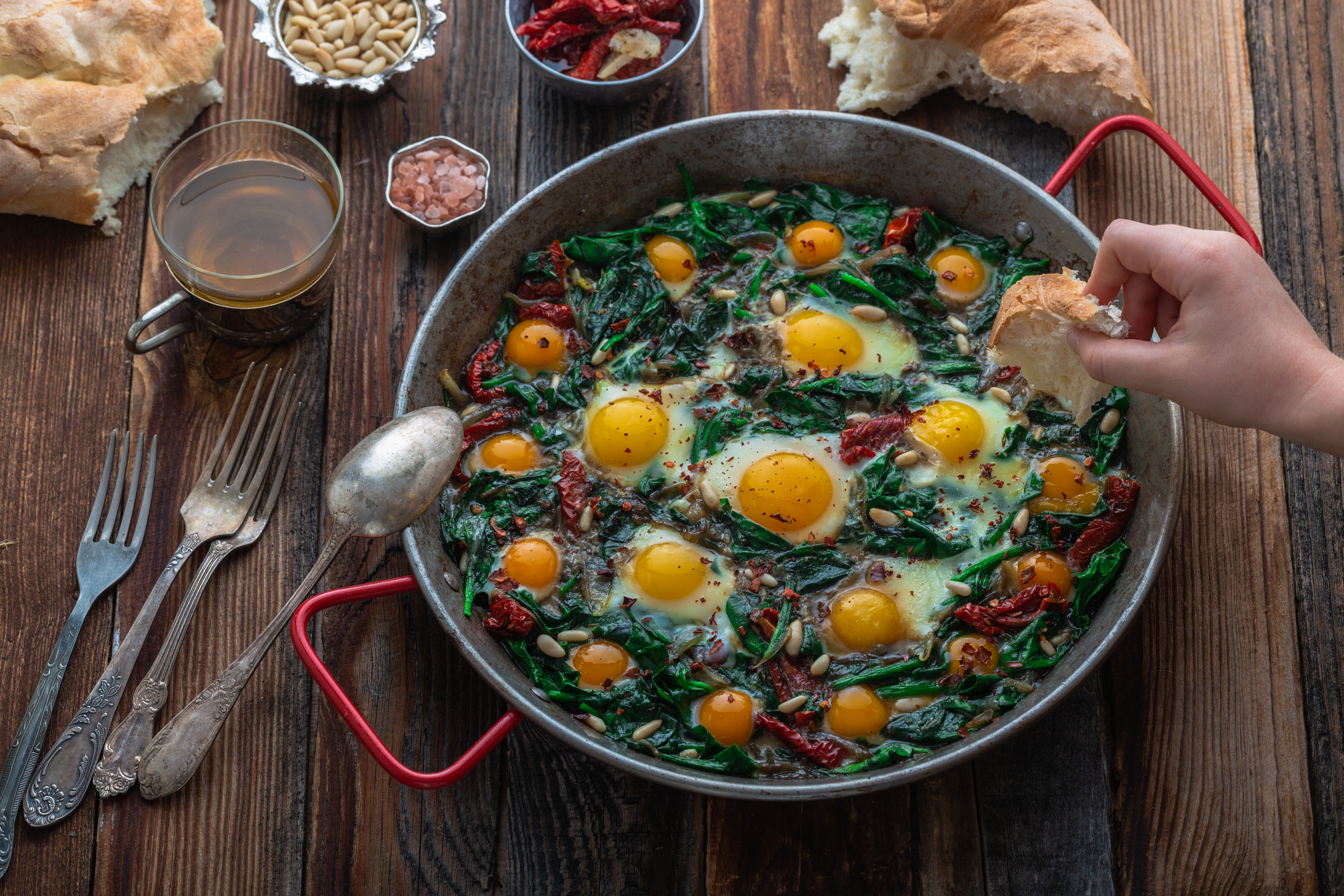
Eggs are a classic protein source that is both affordable and versatile. They are rich in essential amino acids, vitamins, and minerals, making them a nutritional powerhouse. Eggs can be prepared in various ways, from scrambled and poached to boiled and baked, offering endless culinary possibilities. They can also be incorporated into dishes such as omelets, frittatas, and quiches, providing a protein boost to any meal. For those seeking a quick and easy protein option, eggs are a convenient choice that can be enjoyed at any time of day. By including eggs in your diet, you can benefit from their high-quality protein and nutrient content.
8. The Innovation of Edamame
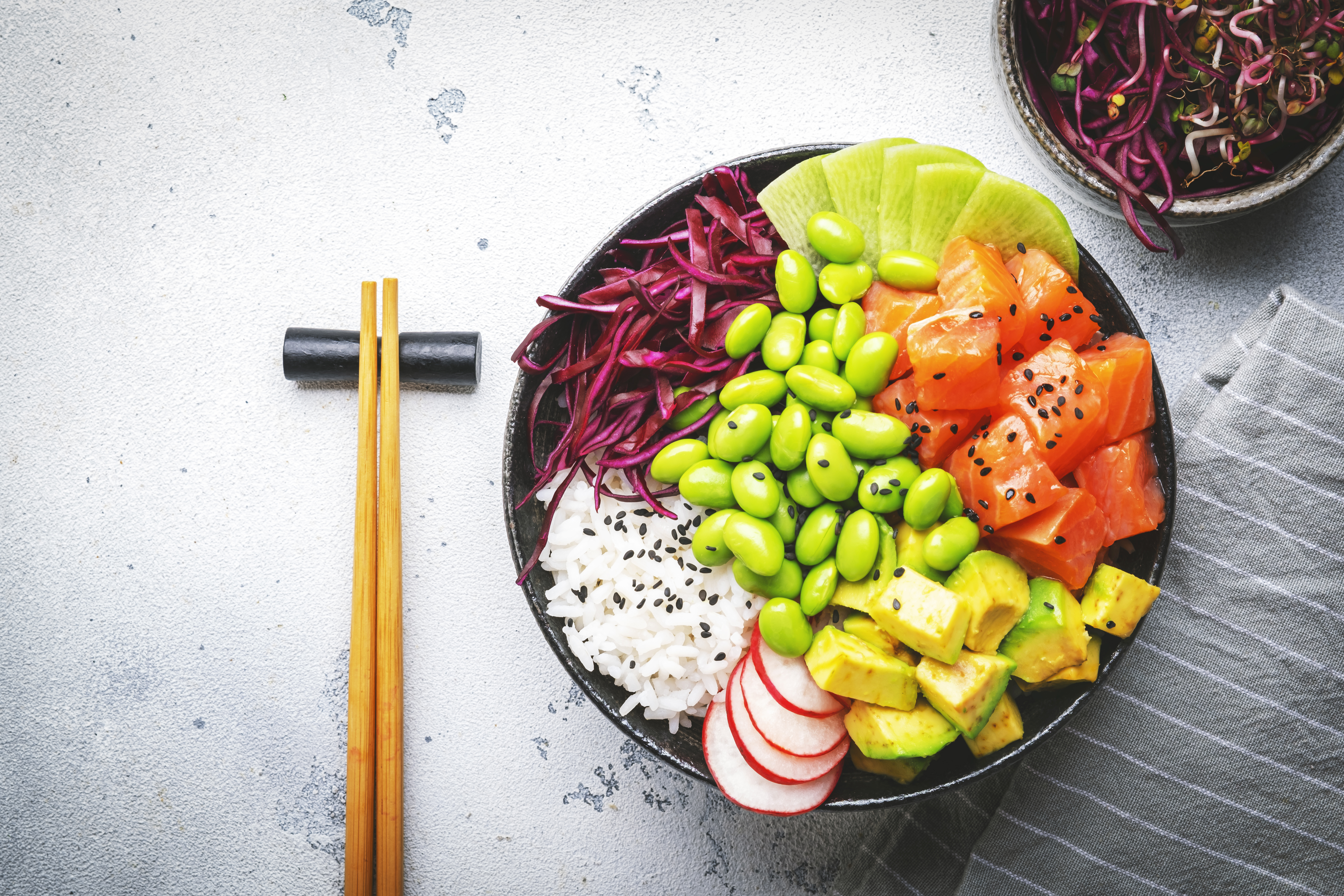
Edamame, young soybeans, are a delightful protein-rich snack that is both nutritious and satisfying. These vibrant green beans are often served steamed and lightly salted, making them a popular appetizer in Japanese cuisine. Edamame is not only a good source of protein but also rich in fiber, vitamins, and antioxidants. They can be added to salads, stir-fries, and grain bowls, enhancing the nutritional profile of meals. Their mild flavor and tender texture make them a versatile ingredient that can be enjoyed in various dishes. By incorporating edamame into your diet, you can enjoy a protein-packed snack that supports overall health and wellness.
9. The Heartiness of Black Beans
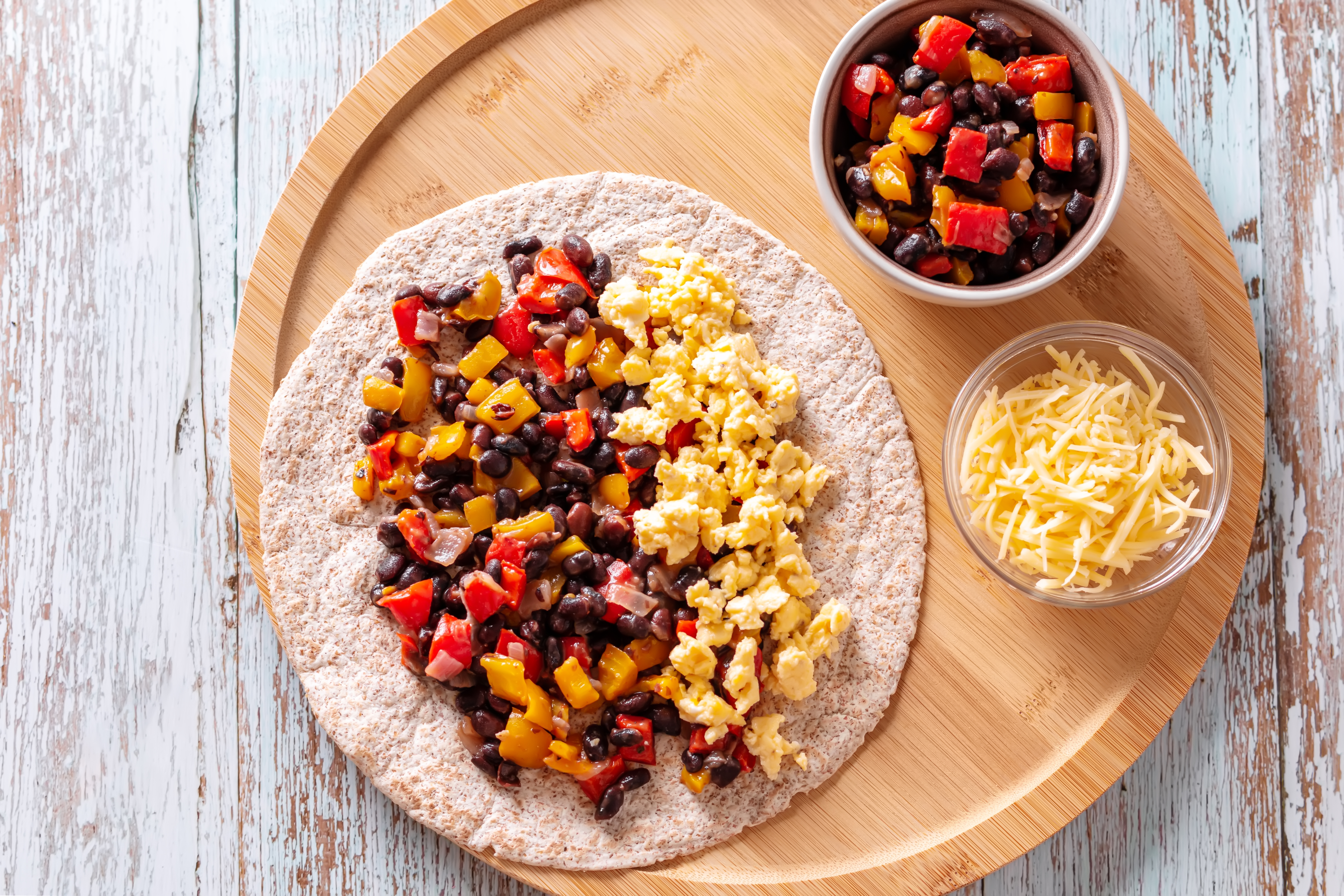
Black beans are a nutrient-dense legume that offers a significant amount of protein, fiber, and essential nutrients such as folate and magnesium. They are a staple in Latin American cuisine and can be used in a variety of dishes, from soups and stews to salads and burritos. Black beans have a rich, earthy flavor and a creamy texture that enhances the taste and nutritional value of meals. They are also an excellent source of plant-based protein for those following vegetarian or vegan diets. By incorporating black beans into your meals, you can enjoy a hearty and satisfying diet that supports overall health.
10. The Delight of Almond Butter
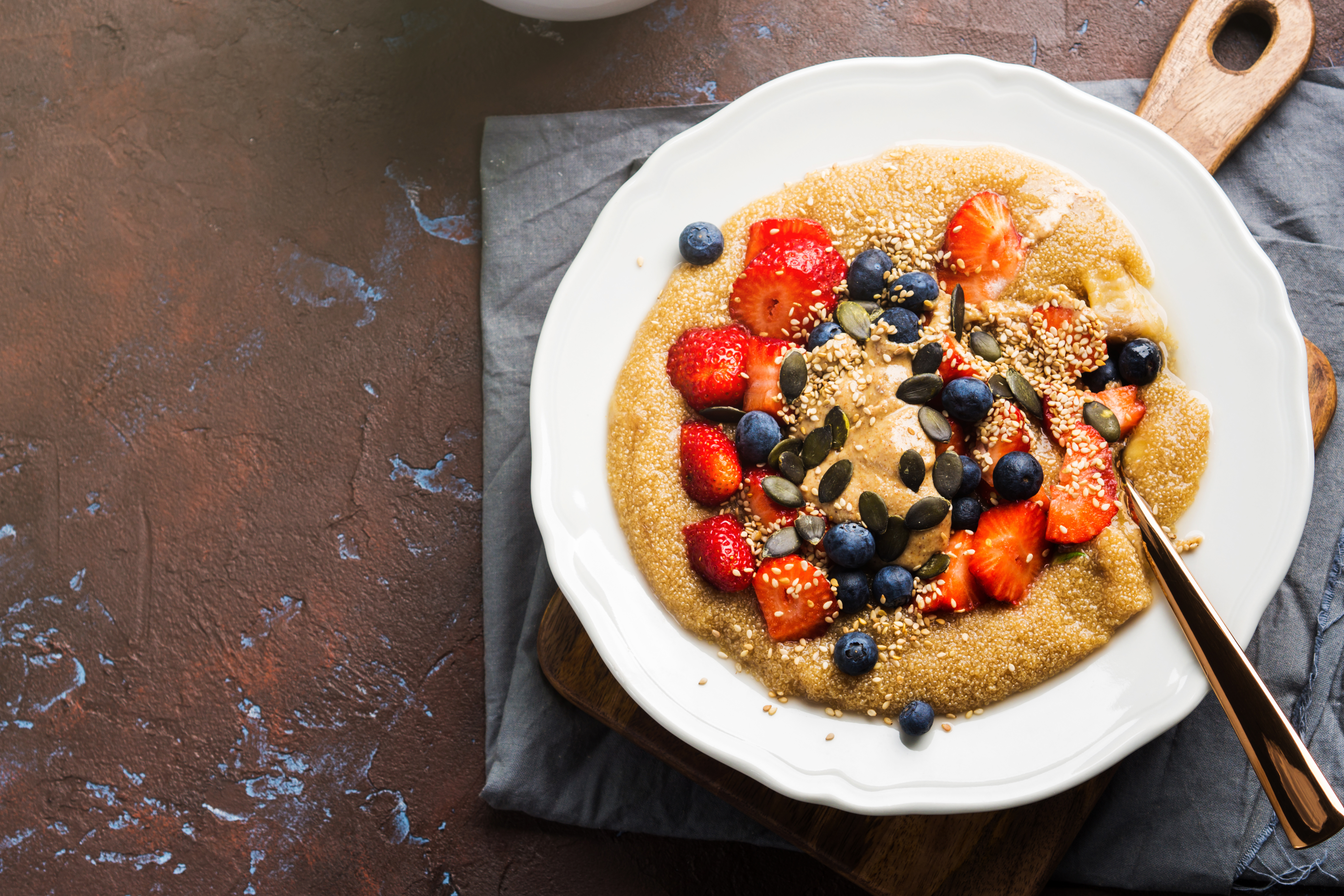
Almond butter is a creamy and nutritious alternative to traditional spreads, offering a high protein content along with healthy fats and vitamins. It can be used as a spread on toast, a dip for fruits, or an ingredient in smoothies and baked goods. Almond butter provides a rich, nutty flavor that enhances the taste of both sweet and savory dishes. Its healthy fat content also supports heart health and provides sustained energy throughout the day. For those seeking a protein-rich snack or ingredient, almond butter offers a delicious and versatile option that can easily be incorporated into a balanced diet.
11. The Nutritional Value of Seitan
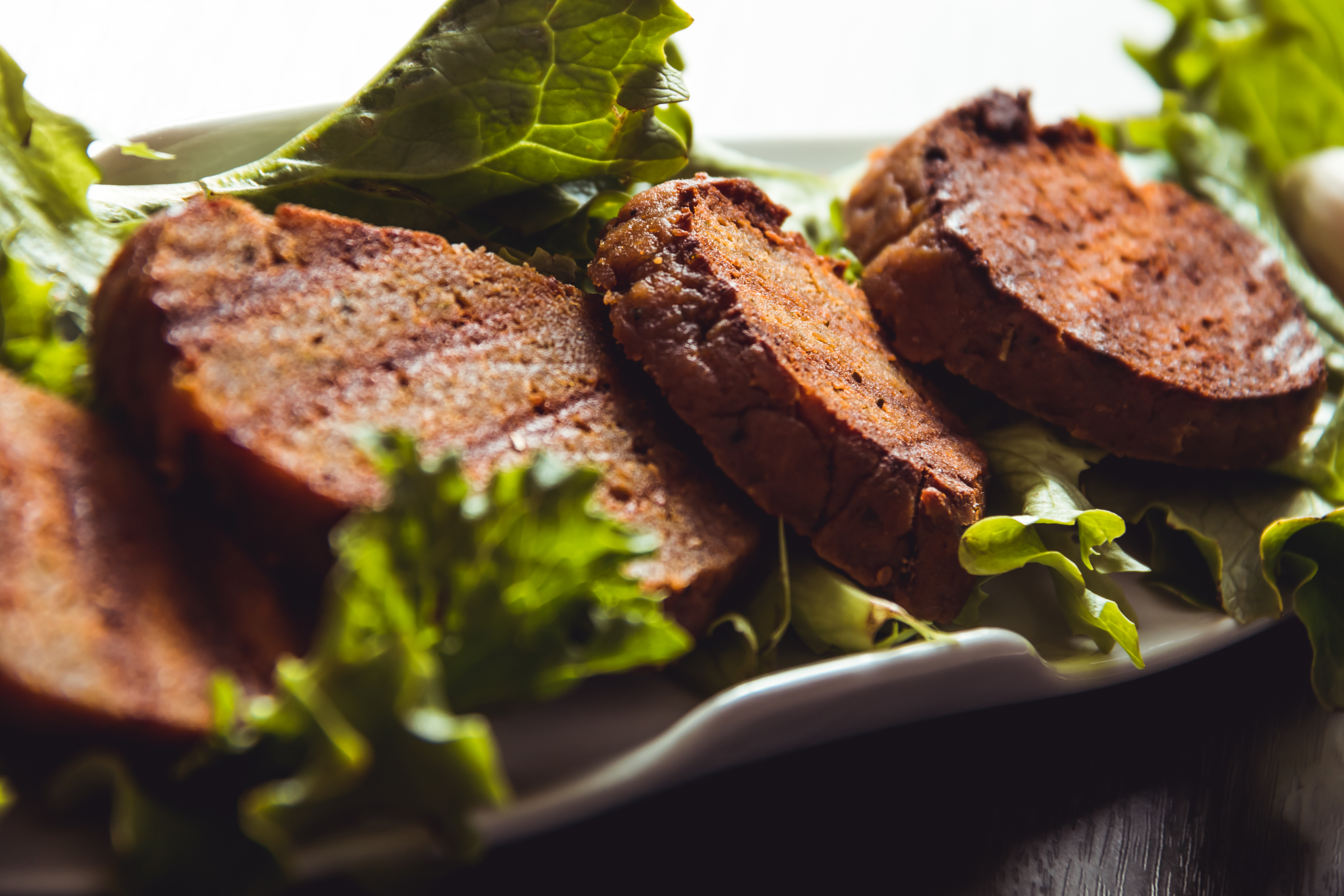
Seitan, also known as wheat gluten, is a protein-rich meat substitute that is popular in vegetarian and vegan diets. It has a chewy texture and savory flavor that closely resembles meat, making it an excellent alternative for those looking to reduce their meat consumption. Seitan is high in protein and low in fat, offering a nutrient-dense option for meals. It can be used in a variety of dishes, from stir-fries and sandwiches to stews and kebabs. By incorporating seitan into your meals, you can enjoy a protein-packed diet that supports muscle growth and overall health.
12. The Crunch of Hemp Seeds
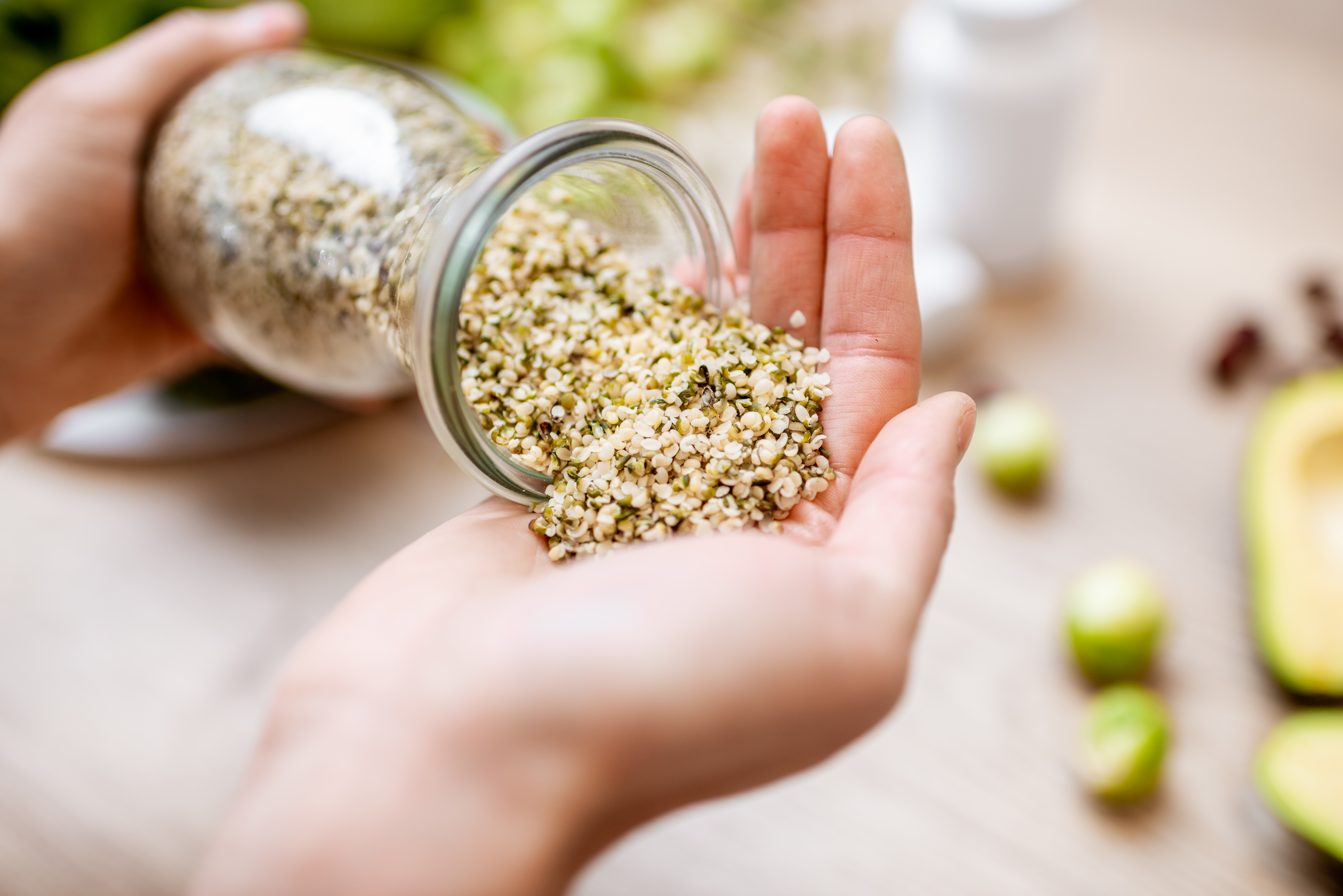
Don’t let their tiny size fool you—hemp seeds pack a serious protein punch. With roughly 10 grams of protein in just three tablespoons, these nutty-tasting seeds are a simple way to upgrade everything from oatmeal to pasta. Bonus: they’re rich in omega-3 and omega-6 fatty acids, making them great for heart and brain health. Sprinkle them over salads, blend into smoothies, or mix into energy balls for a quick, plant-powered boost. Unlike chia or flax, they don’t require soaking or grinding—just toss and go. If you want a low-effort, high-reward protein add-on, hemp seeds are your new best friend.
13. The Boost of Cottage Cheese
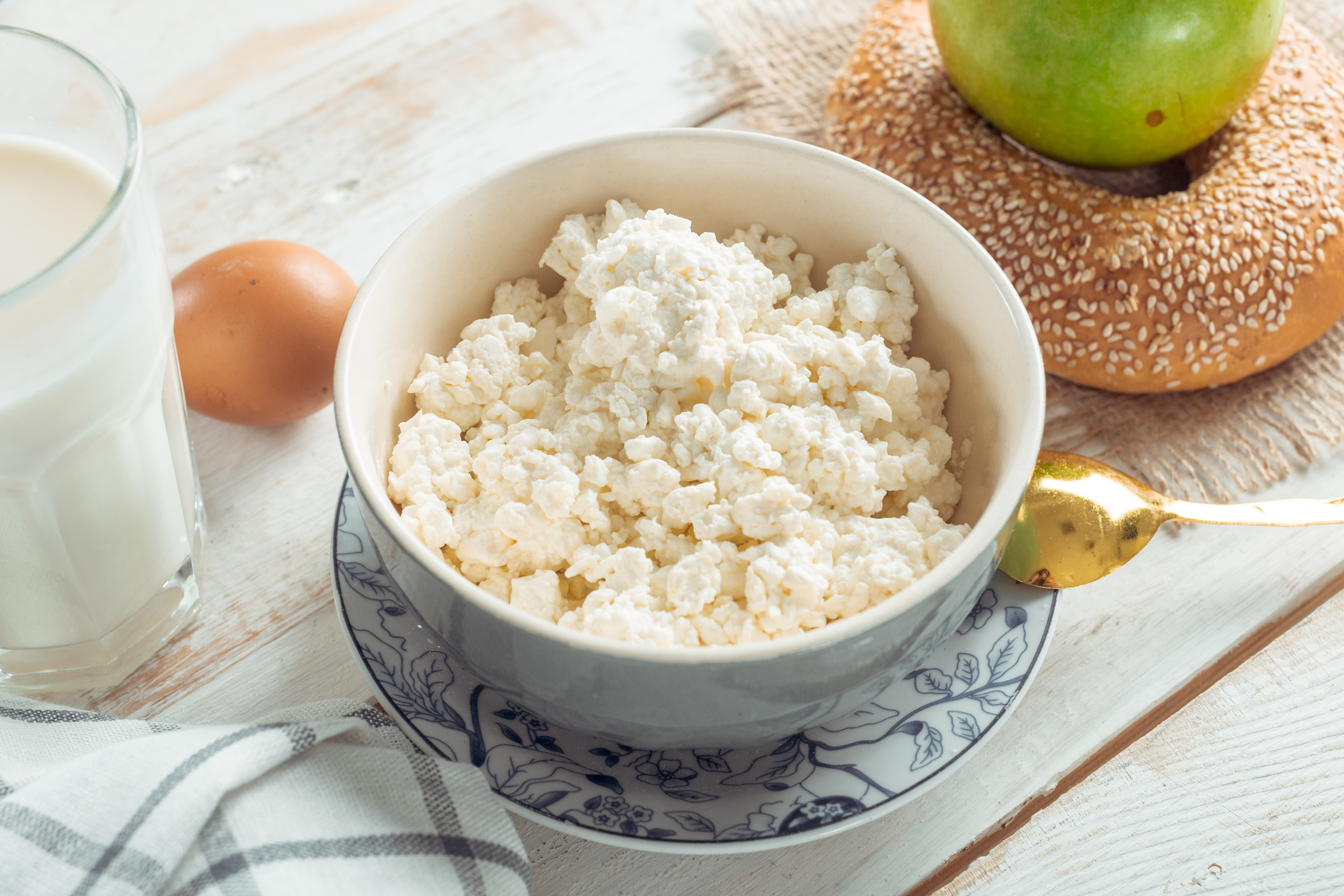
Cottage cheese isn’t just for dieters—it’s a creamy, protein-rich powerhouse that deserves a spot in every fridge. With up to 25 grams of protein per cup, it’s ideal for muscle repair and satiety. Mild in taste and versatile in texture, it works beautifully in both sweet and savory meals. Try it with berries and honey for breakfast or mix it into pasta and dips for a protein-forward twist. Bonus points for its high calcium content, which supports bone health. Whether you need a post-workout snack or a midnight bite, cottage cheese delivers sustained energy in a spoonful.
14. The Earthiness of Green Peas
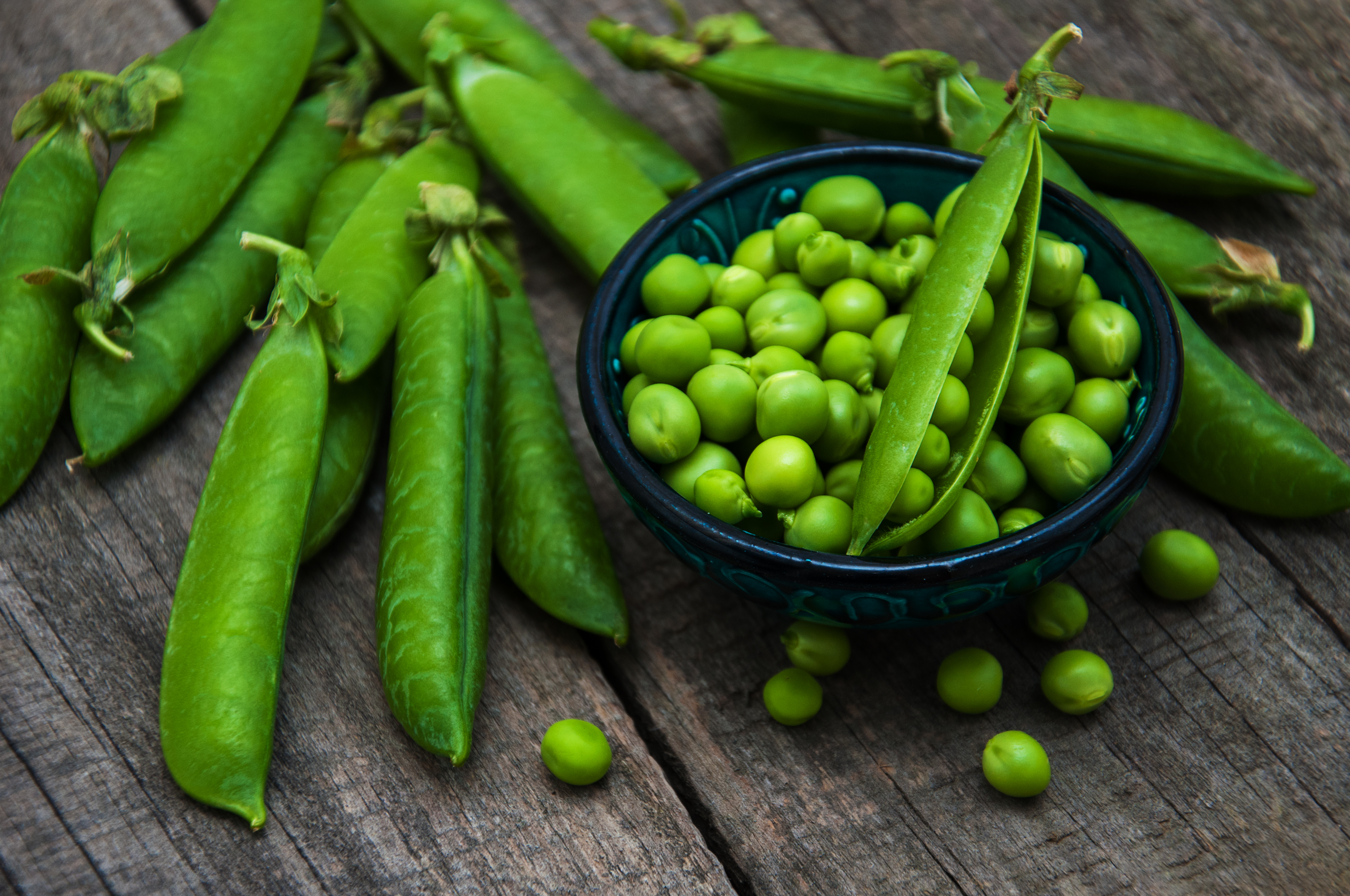
Often overlooked, humble green peas are surprisingly protein-rich, offering around 8 grams per cooked cup. They're also packed with fiber, iron, and essential vitamins like B1 and K. Unlike many legumes, peas cook quickly and blend seamlessly into soups, curries, pasta dishes, and even hummus. They bring a sweet, earthy flavor and a pop of color that livens up your plate. Whether mashed into avocado toast or stirred into risottos, green peas are an affordable, easy-to-digest protein swap that’s both kid-friendly and nutrient-dense. Who knew something this small could be such a nutritional overachiever?
15. The Edge of Nutritional Yeast
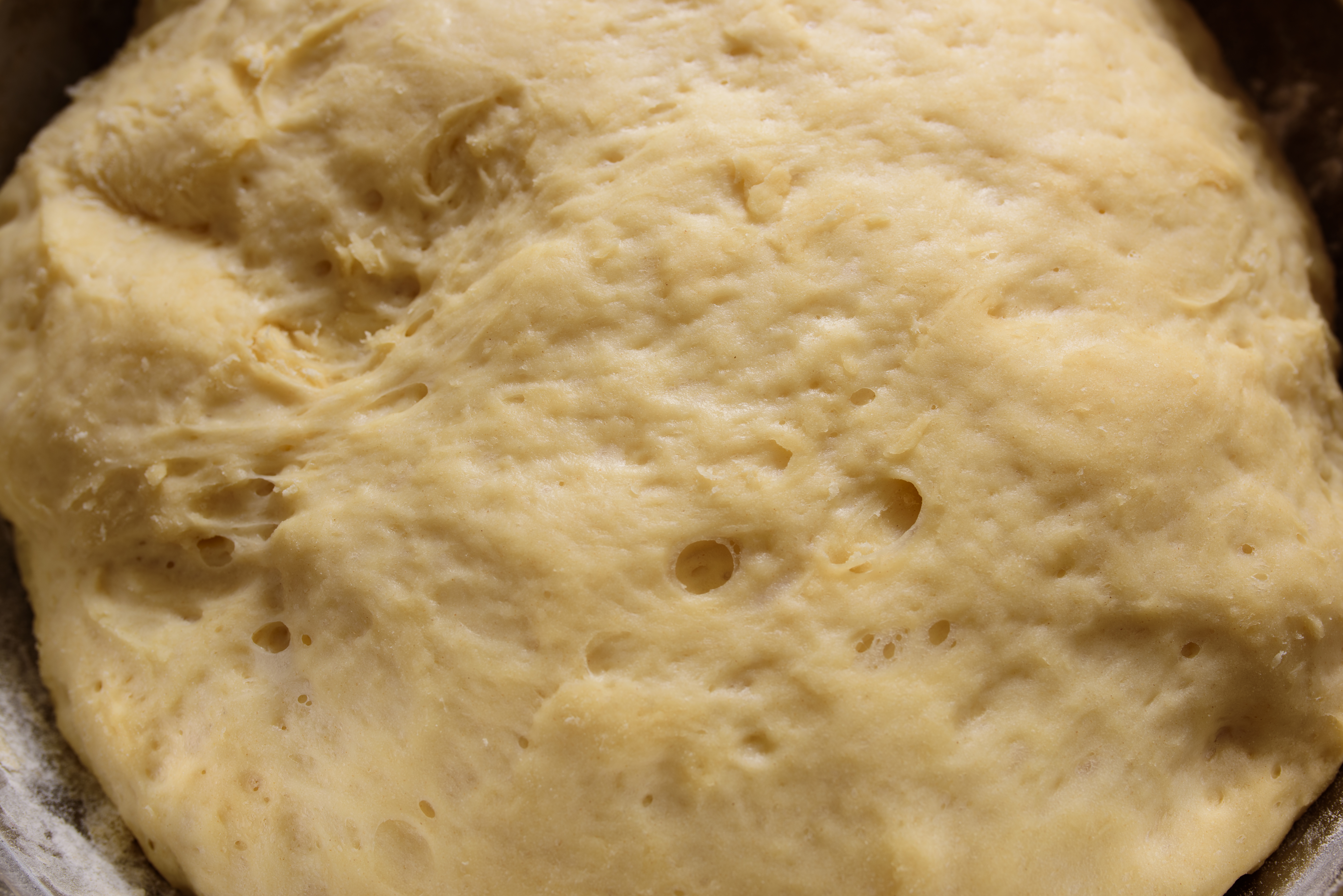
Affectionately called “nooch,” nutritional yeast is a flaky, cheesy-flavored ingredient beloved by vegans and chefs alike. Just two tablespoons deliver 8–10 grams of protein, along with B vitamins—especially B12, a rarity in plant-based diets. Sprinkle it over popcorn, pasta, soups, or roasted veggies to add umami depth and a protein boost in one go. Its savory kick makes it a perfect cheese substitute for those avoiding dairy. Lightweight, shelf-stable, and surprisingly addictive, nutritional yeast is the stealthy superhero of protein swaps. If you're chasing flavor and function, this golden dust is worth keeping close.
16. The Charm of Pumpkin Seeds
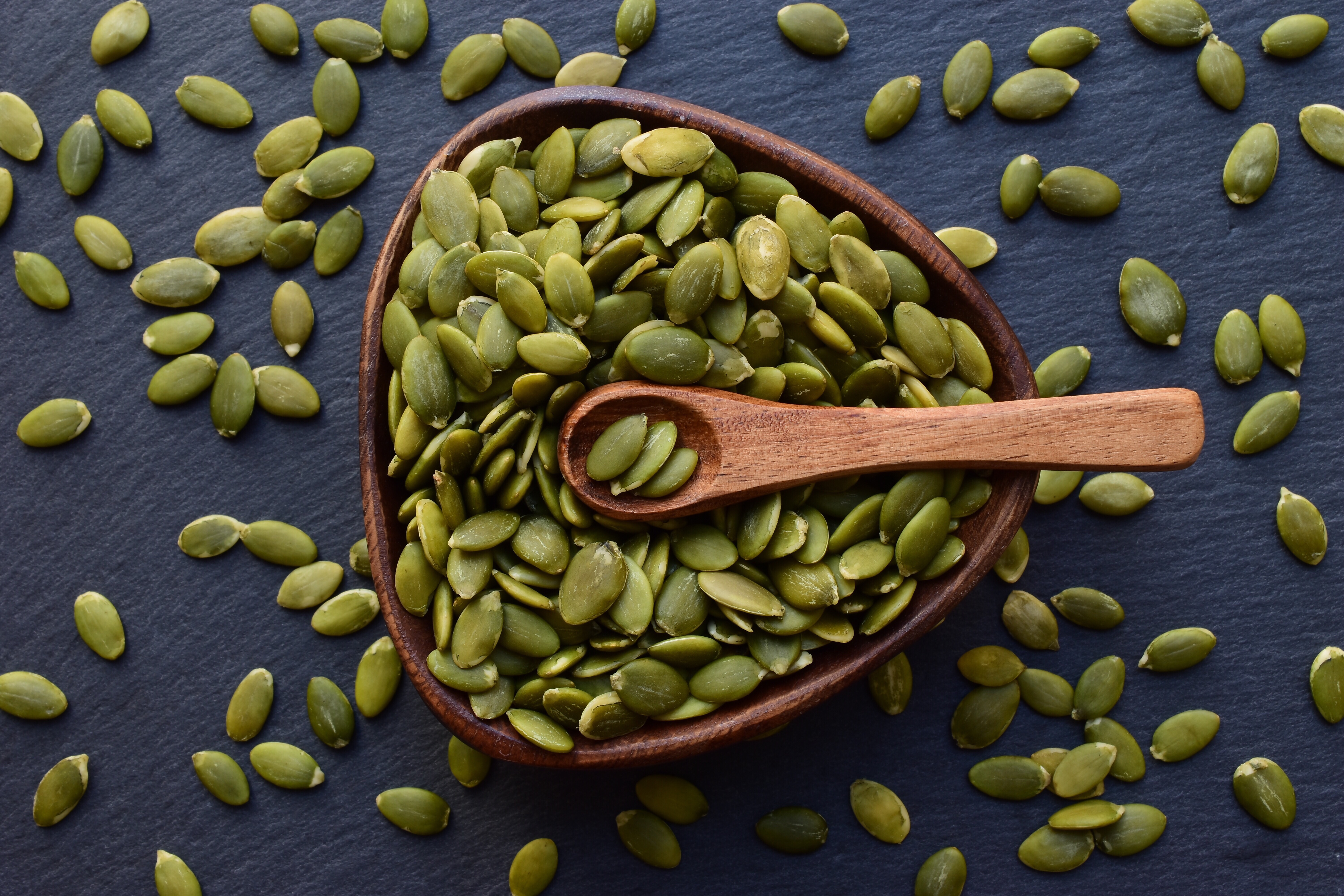
Pumpkin seeds, or pepitas, are protein-rich gems hiding in plain sight. With nearly 7 grams of protein per ounce, plus magnesium, zinc, and healthy fats, they’re a smart snack that goes beyond crunch. Add them to yogurt bowls, toss into salads, or blend into sauces for texture and taste. They even work in baking—think protein-packed banana bread or seed bars. Unlike nuts, they’re often more allergy-friendly and easier to digest. Whether roasted, raw, or spiced, pumpkin seeds are an easy way to sneak more protein into your day without changing your entire routine.
Power Up, One Swap at a Time

Protein doesn’t have to be predictable. With just a few smart swaps, you can transform your meals from routine to remarkable—fueling your body with energy, clarity, and strength. Whether you're reaching for hemp seeds, blending chickpeas into hummus, or upgrading your breakfast with Greek yogurt, each choice is a chance to nourish with intention. These 16 empowering alternatives aren’t just about nutrition—they’re about flexibility, flavor, and freedom. No matter your dietary style or cooking skill, there’s something here to help you build a plate that works harder for you. Because eating well isn’t about restriction—it’s about reinvention. So next time you’re planning a meal, think beyond the usual suspects. One thoughtful protein swap could be the small shift that makes a big difference—for your health, your energy, and your everyday momentum. You’ve got options. Now go fuel up, your way.
